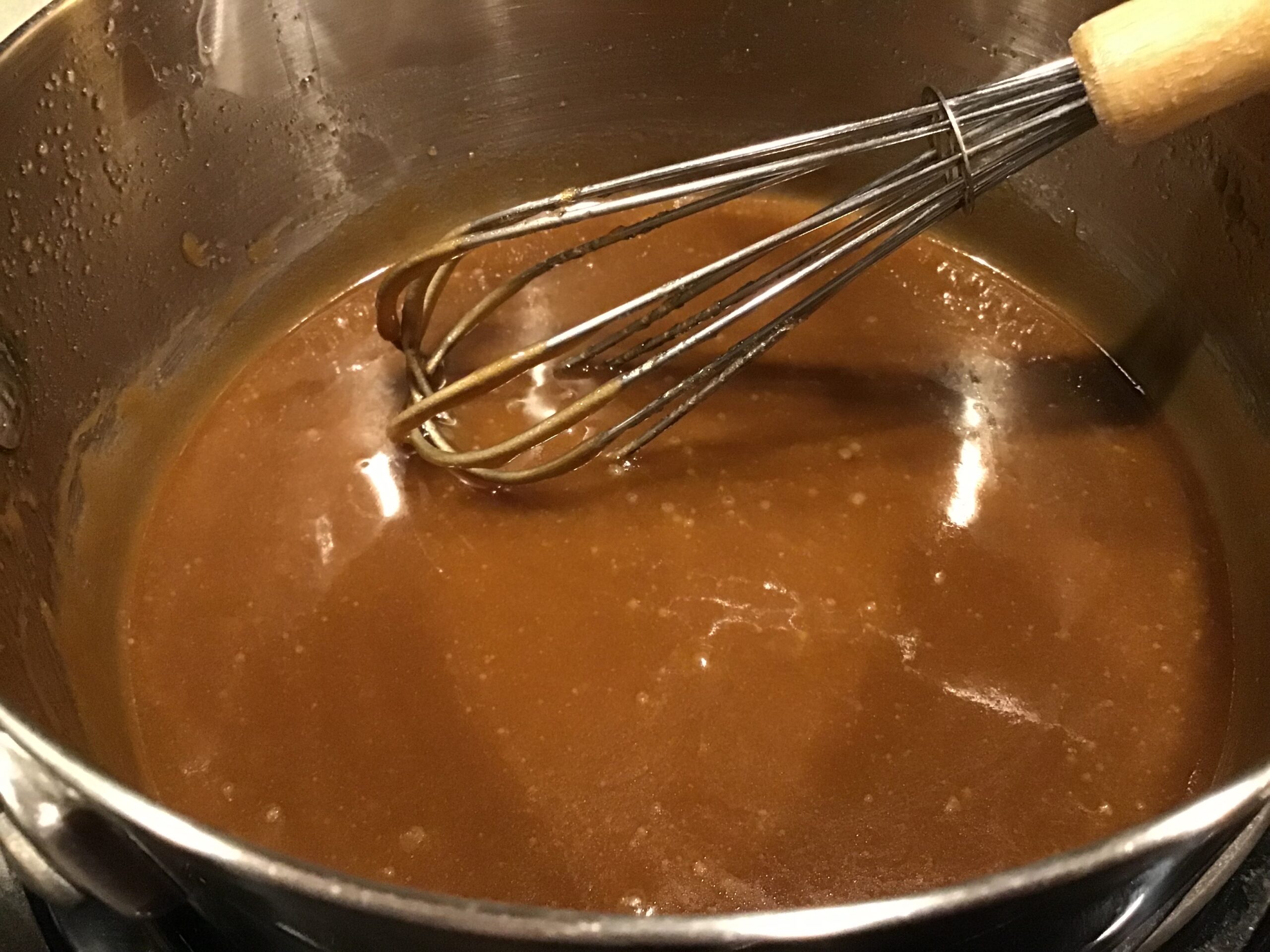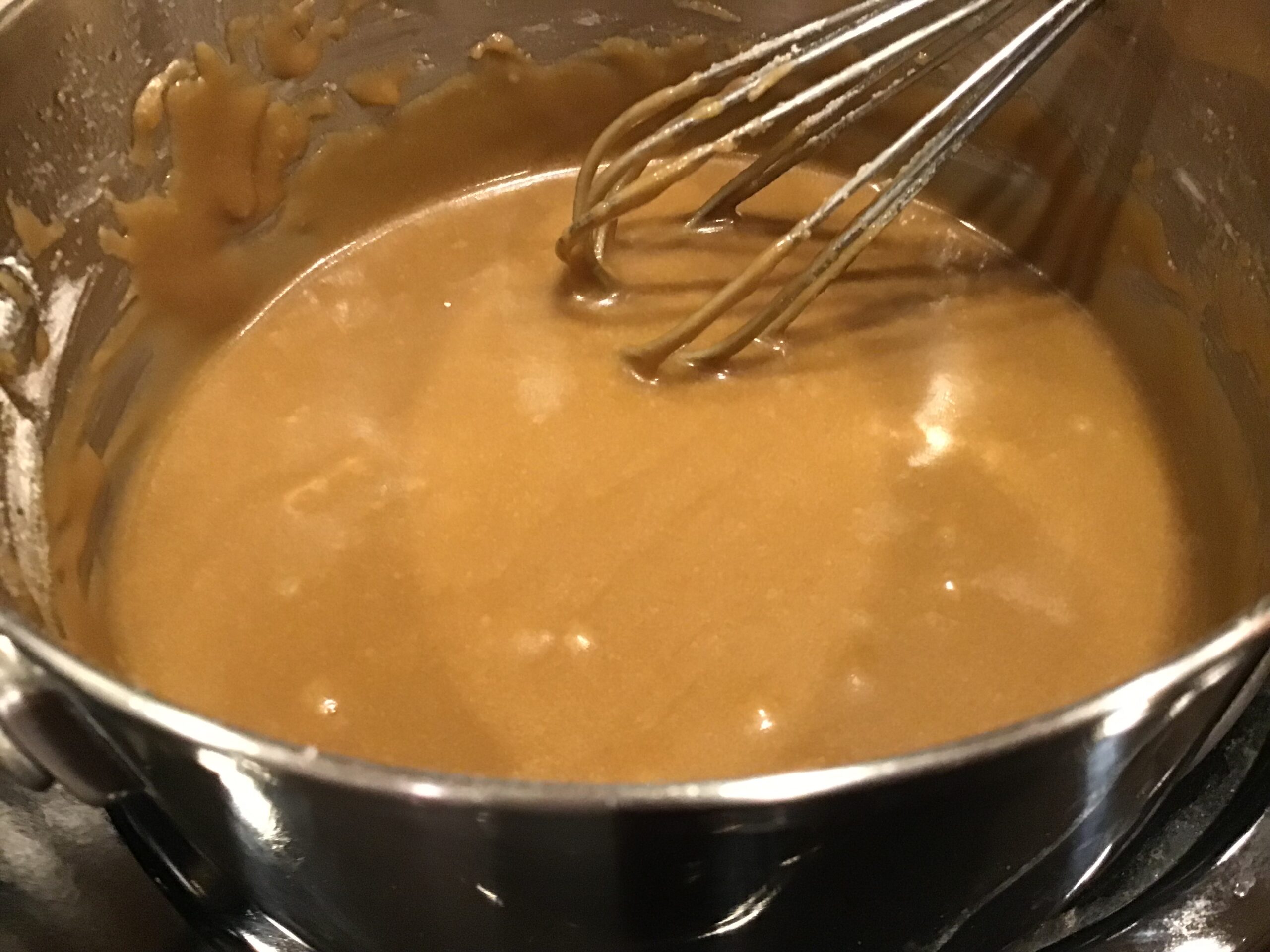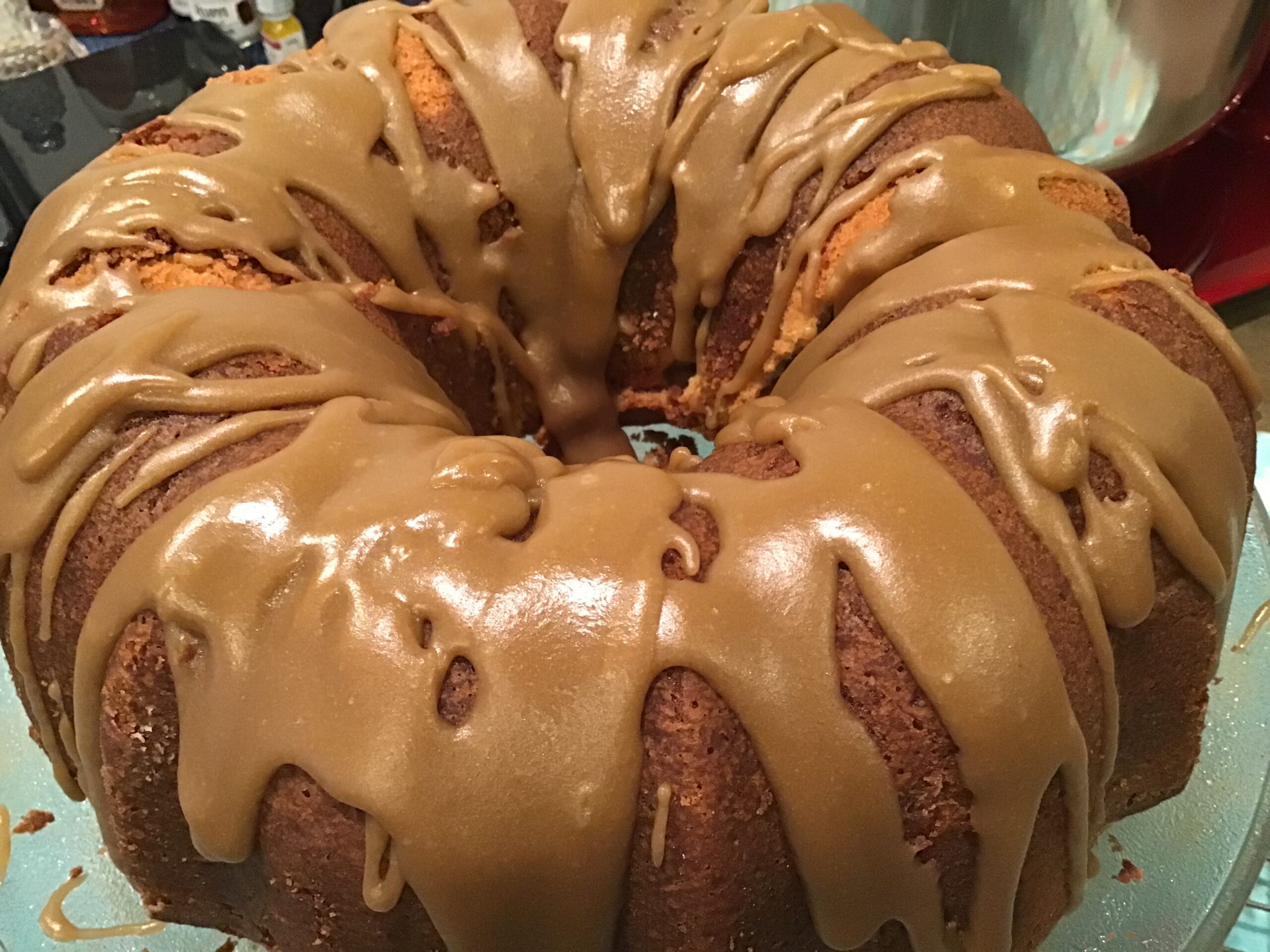Nana’s Kitchen: Brown Sugar Pound Cake
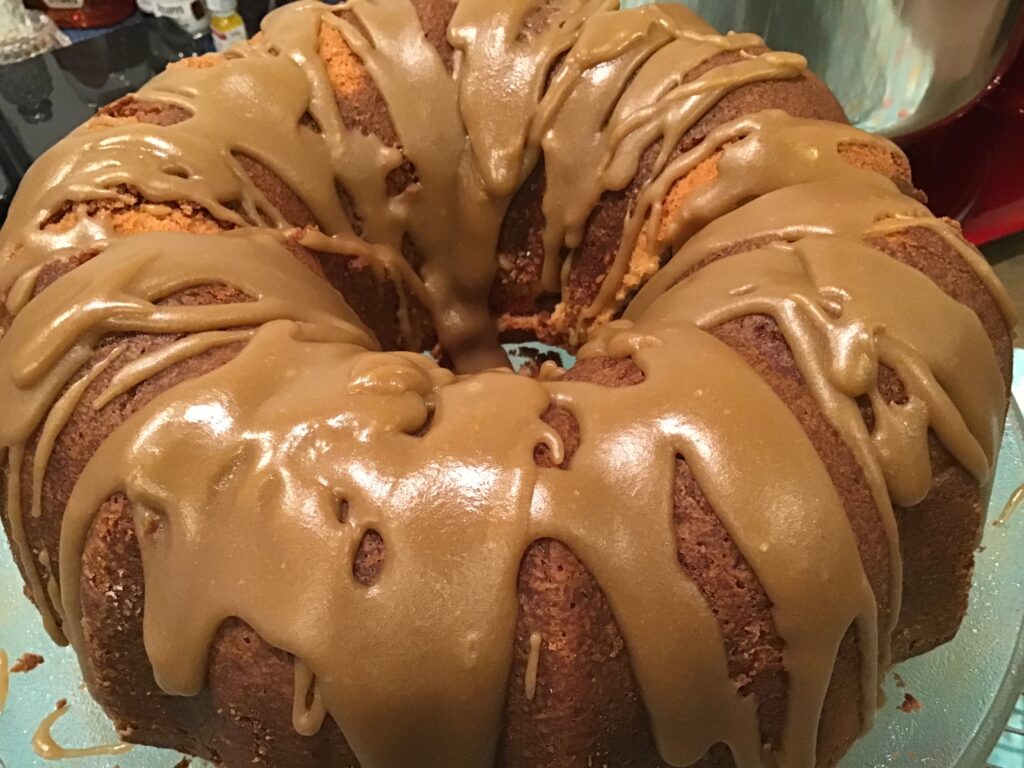
Cake ready to slice. Nana’s Kitchen photo.
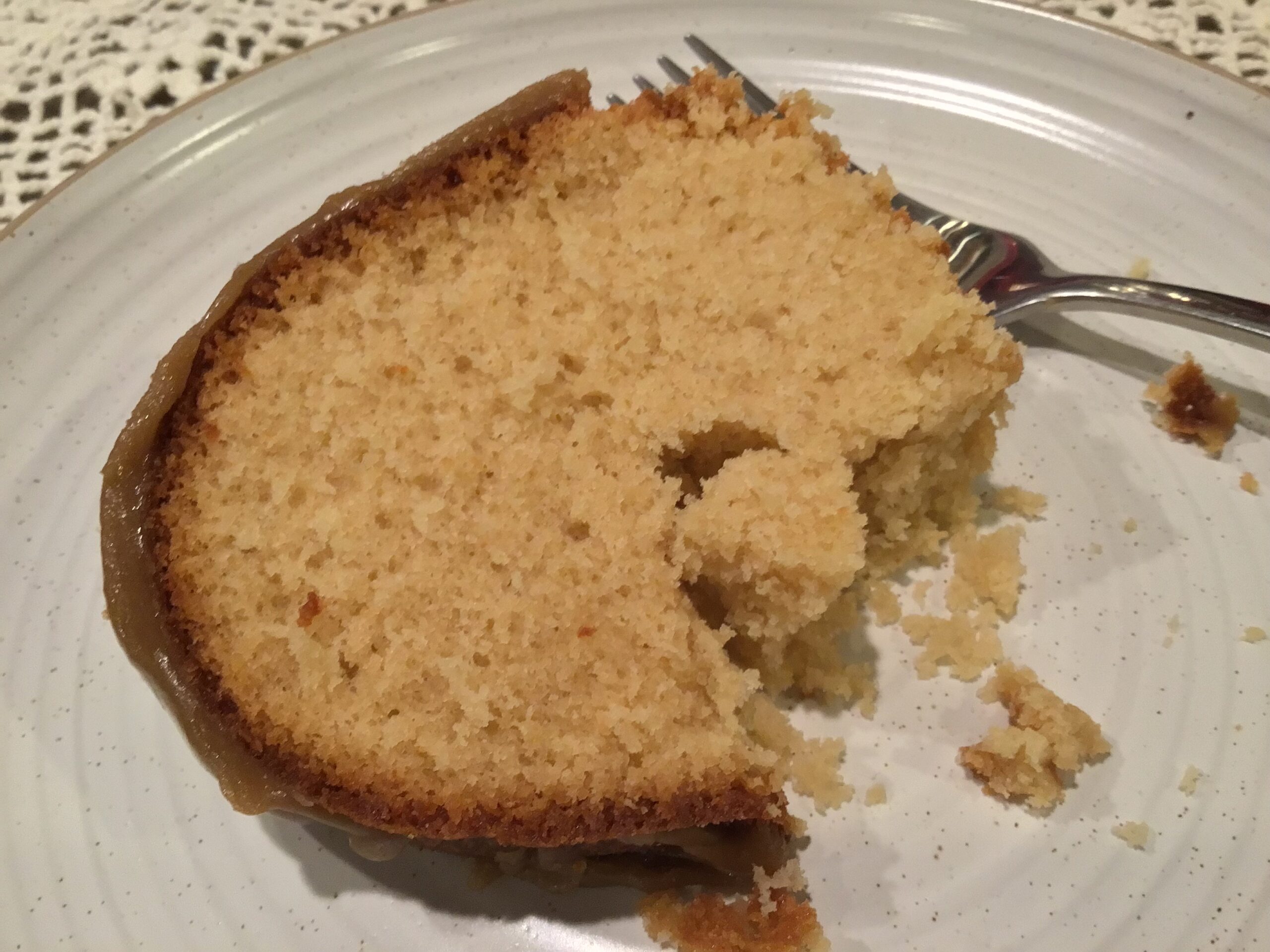
Nana’s Kitchen: Brown Sugar Pound Cake
Greetings, home cooks, welcome to Nana’s Kitchen,
I found this cake recipe among those from the 1960’s. It is a pound cake with lots of sweet brown sugar.
This recipe is from scratch and was fun to do. Learned a few things along the way and will share at the end. If you like brown sugar this is for you.
The recipe calls for baking in a tube pan. Now there are two tube pans that could be used. The Bundt pan or the tube pan (other wise known as a chiffon pan or angel food pan). Which to use? This prompted some investigation.
There is a difference between the Bundt pan and tube pan. Each designed for a specific use. Who knew!
The tube pan, in general, is any type of round baking pan that has a hollow tube in the center. The tube conducts the heat and helps large deep cakes bake faster. The two pans are not always interchangeable.
The Bundt pan has sculpted sides. The designs vary. The best pan is one with a light colored interior and is non-stick. The pan can be ceramic, aluminum, or cast iron. Cakes higher in butter fat and with egg yolks bake well in a Bundt pan. The batter has room to expand and caramelize. A Bundt cake baked in a flat sided tube pan may look greasy when done.
The Bundt pan is designed for heavy batter. When using, cool right side up on a surface that gives air flow to the bottom of the pan. A metal rack works well. Cool away from the oven. Give the cake ten minutes to cool. Then carefully invert cake plate over pan and quickly flip to release cake. The cake should release from the pan. If the cake gets too cool moisture can build up and give a soggy finish.
The first Bundt pan was created in 1950 by H. David Dahlquist, owner of the Nordic Ware Company.
A group of ladies in Minnesota, where Nordic Ware is located, requested a pan like the ones they used in Europe to bake cakes. Their cake pans weighed up to ten pounds and were Kugelhopf pans. Dahlquist made a cake pan made of aluminum, a much lighter alternative. The word “Bund” (the original name) is German for bond or alliance. The Nordic Ware Company named it “Bundt”, adding the “t” before it was trade marked.
A tube pan (chiffon pan or angel food pan) has straight sides and usually has an uncoated finish. This shape is ideal for cakes with a light and airy texture like an angel food cake. Angel food and chiffon cakes usually do not have a leavening agent. The air whipped into the egg white based batter is what makes them tall. Because of this a straight sided pan is needed. The straight sided pan offers more space than a Bundt pan. The straight sides are uncoated and ungreased so the batter clings to the sides as it expands, giving height. Once this pan is out of the oven it should be turned upside down to prevent the cake from collapsing. This is why the tube pans have removable bottoms and sometimes feet. This method should make it easier to remove after it cools.
Cooling a tube pan can be done by placing upside down on a wire rack. There must be good airflow.
The bottle method, fitting a glass bottle to the tube can be done, but it may tip easily. The other method is cool the pan for ten minutes and place in the refrigerator for several hours. The wire rack seems the easiest. Tube pans with feet are ideal.
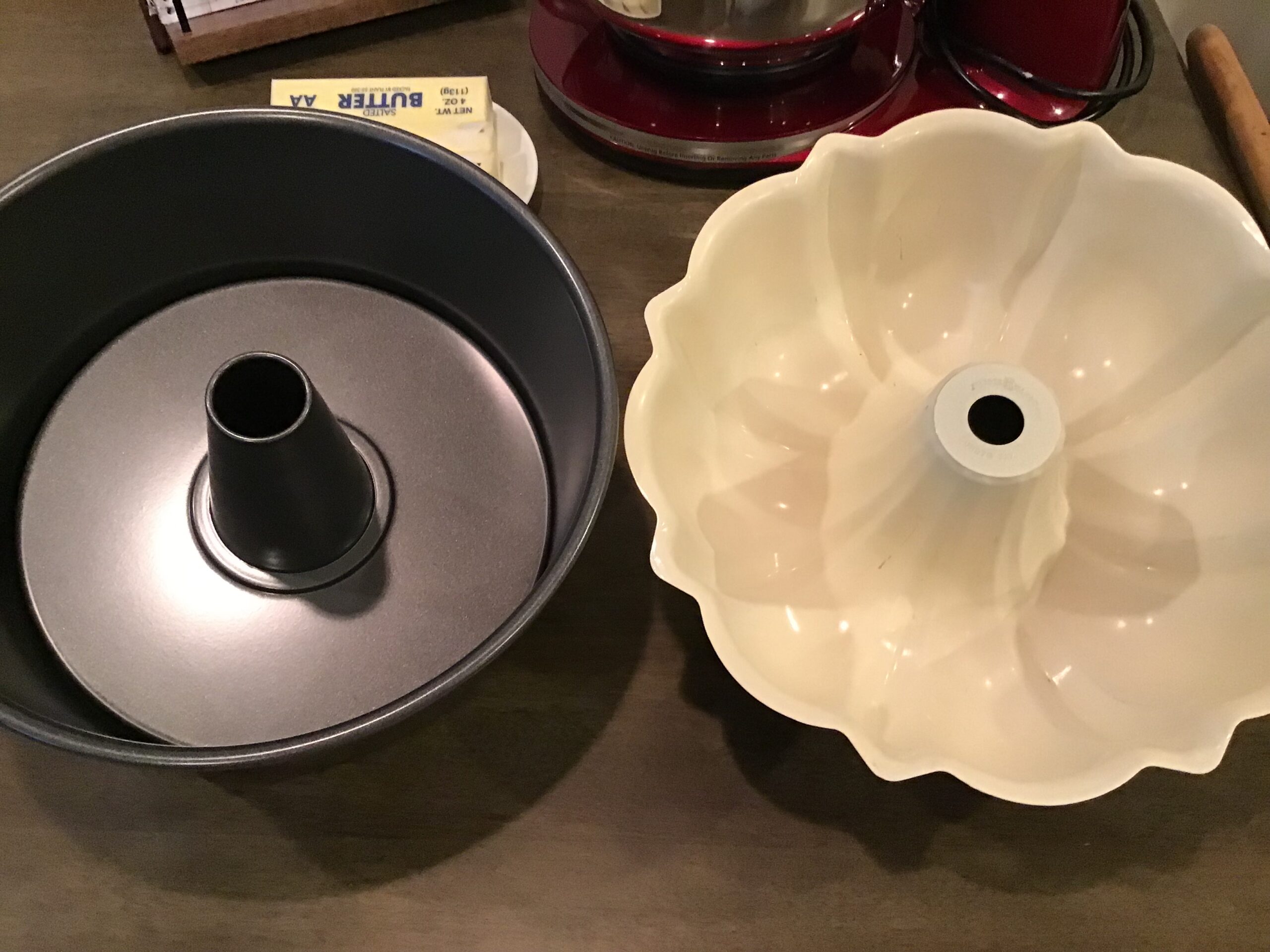
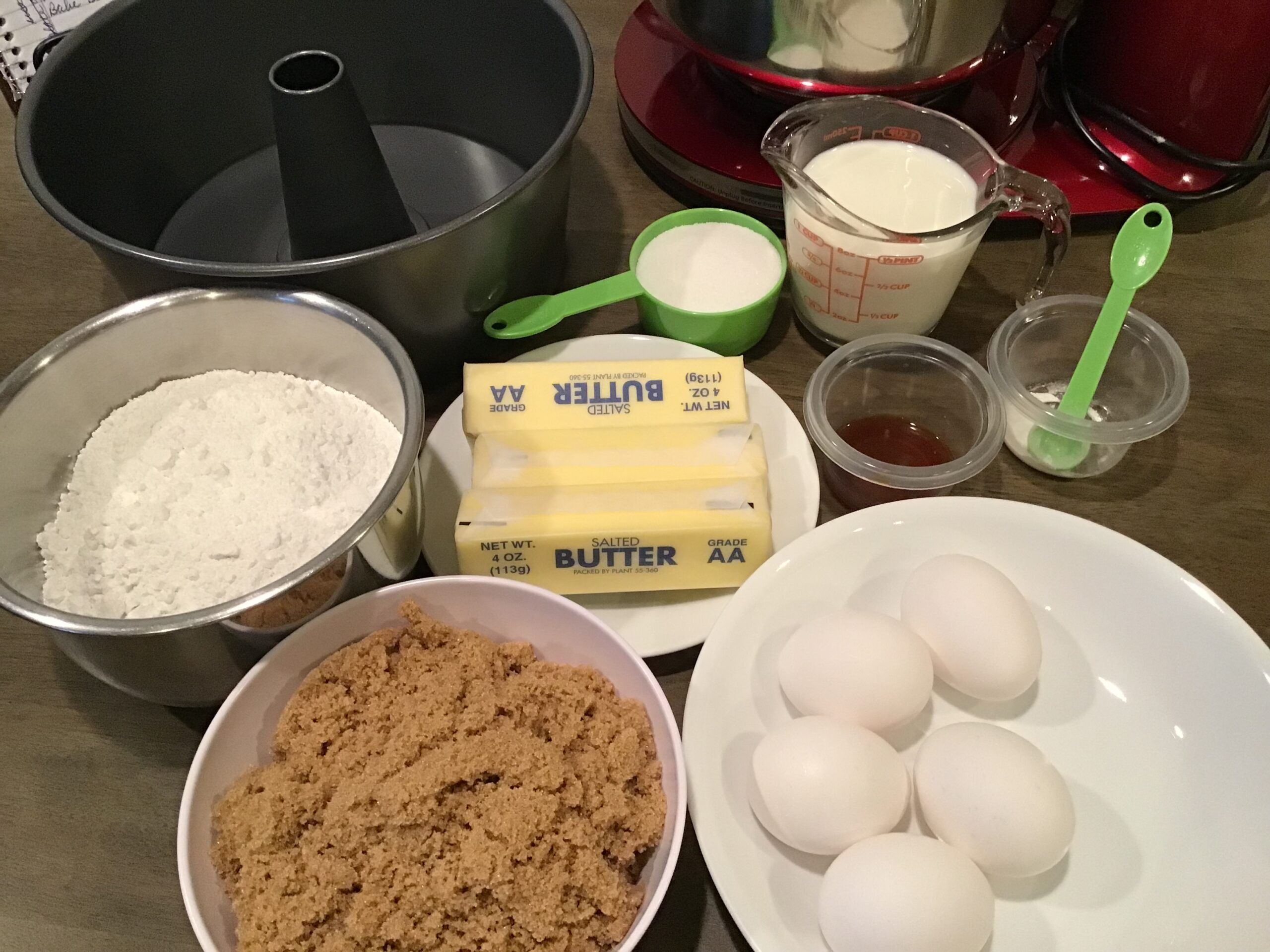
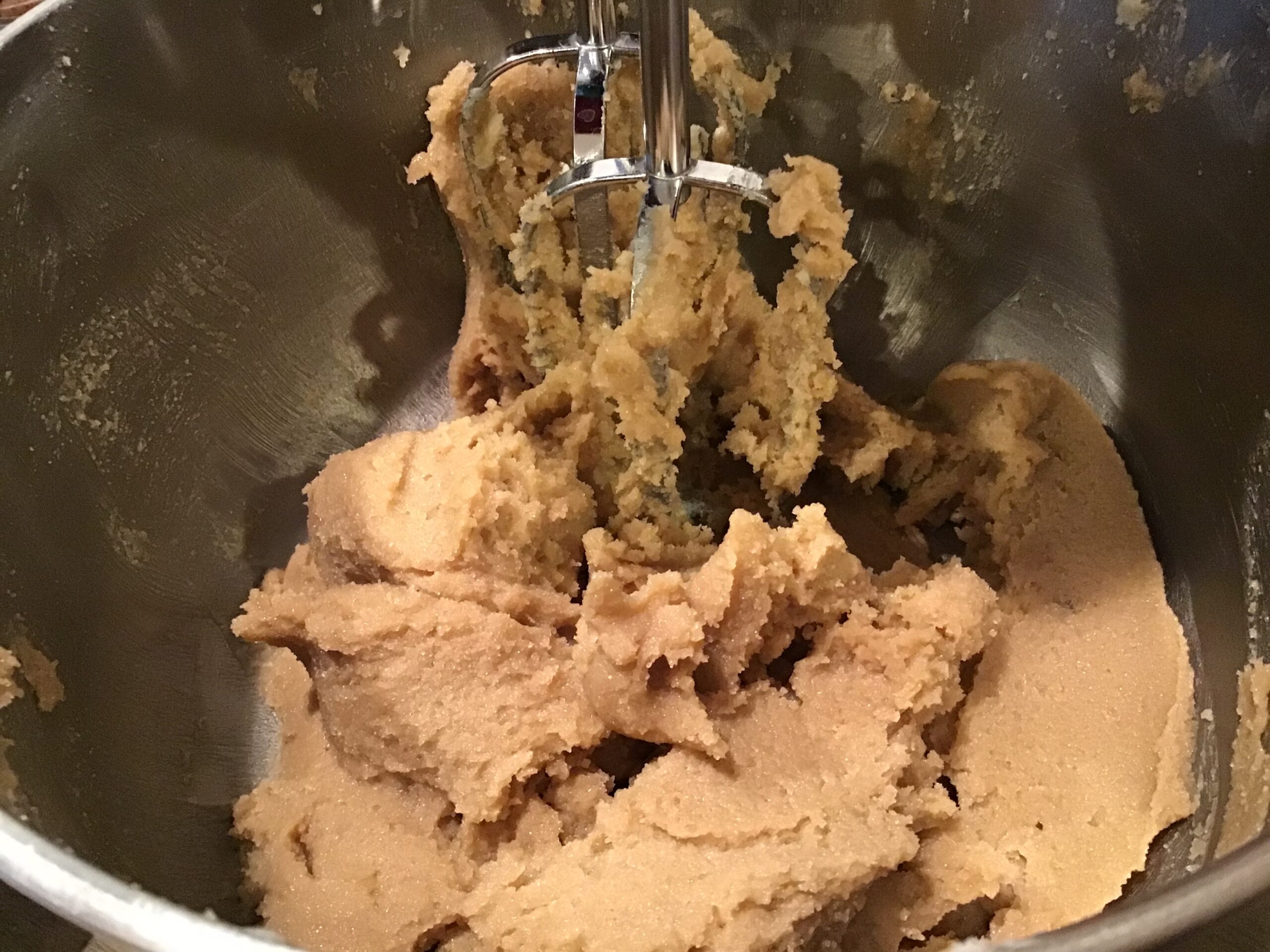
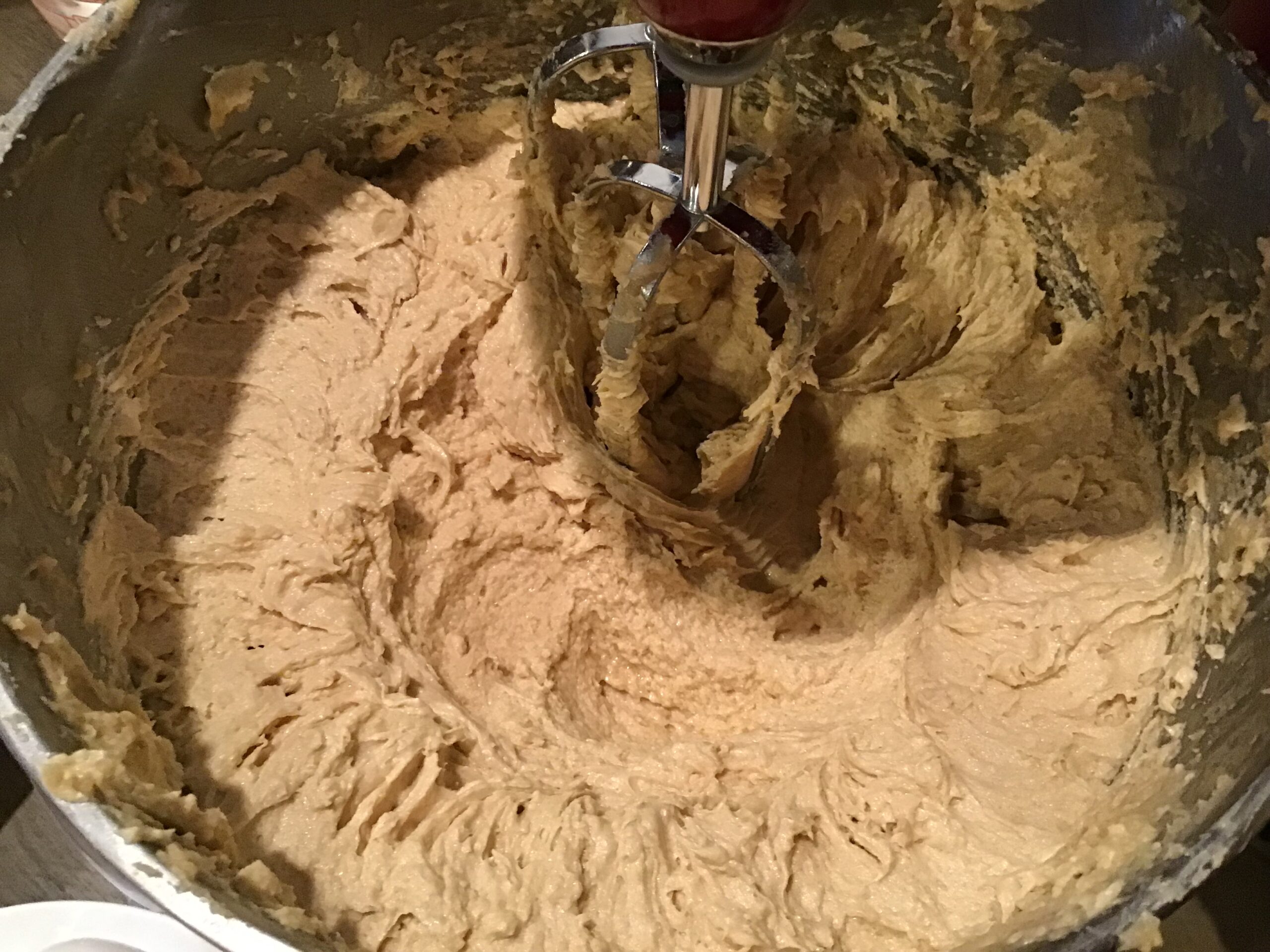
Brown Sugar Pound Cake
Ingredients:
3 sticks of butter, softened
1 pound light brown sugar
1/2 cup white sugar
5 eggs
2 teaspoon vanilla
3 cups flour
1/2 teaspoon baking powder
1 cup milk
Optional- 1 cup chopped nuts
Cream butter and sugars together very well.
Add eggs one at a time, beating at medium speed.
Add vanilla.
Sift dry ingredients together.
Add to creamed mixture alternating with the milk.
Mix very well.
Fold in nuts if using.
Place in large tube pan, in this case a greased and floured Bundt pan.
Bake at 325 degrees for 1 hour 30 minutes.
Hints:
The original recipe does not call for any type of glaze.
I used whole milk.
To move things along have all your ingredients measured and prepared.
Be sure to have your butter at room temperature.
If the brown sugar is too lumpy you may wish to sift it or press out the lumps.
Grease and and flour the Bundt pan well, especially in the grooves. I have used my Bundt pan many times and was diligent in the grease and flouring. Never had a problem with the cake releasing until this time. Apparently did not do a good enough job. The cake broke.
Be sure to scrape down your bowl sides and bottom so nothing is left behind in the mixing.
Break the eggs in a bowl before adding. Egg shell in your batter is no fun.
I started checking my cake at 1 hour 10 minutes. The toothpick was almost clean. Cooked another ten minutes. Too long. The cake was a little dry.
Remember ovens do vary so cake times can vary. The times are a guideline and not always accurate due to the variations. Also cakes continue to cook after removed from the oven due to the retained heat.
Be sure to be patient it takes a while for the butter and sugar to come together well.
On the good side the kitchen smelled sweet.
Because the cake broke and was a little dry I added a glaze. Made me feel better and tasted good.
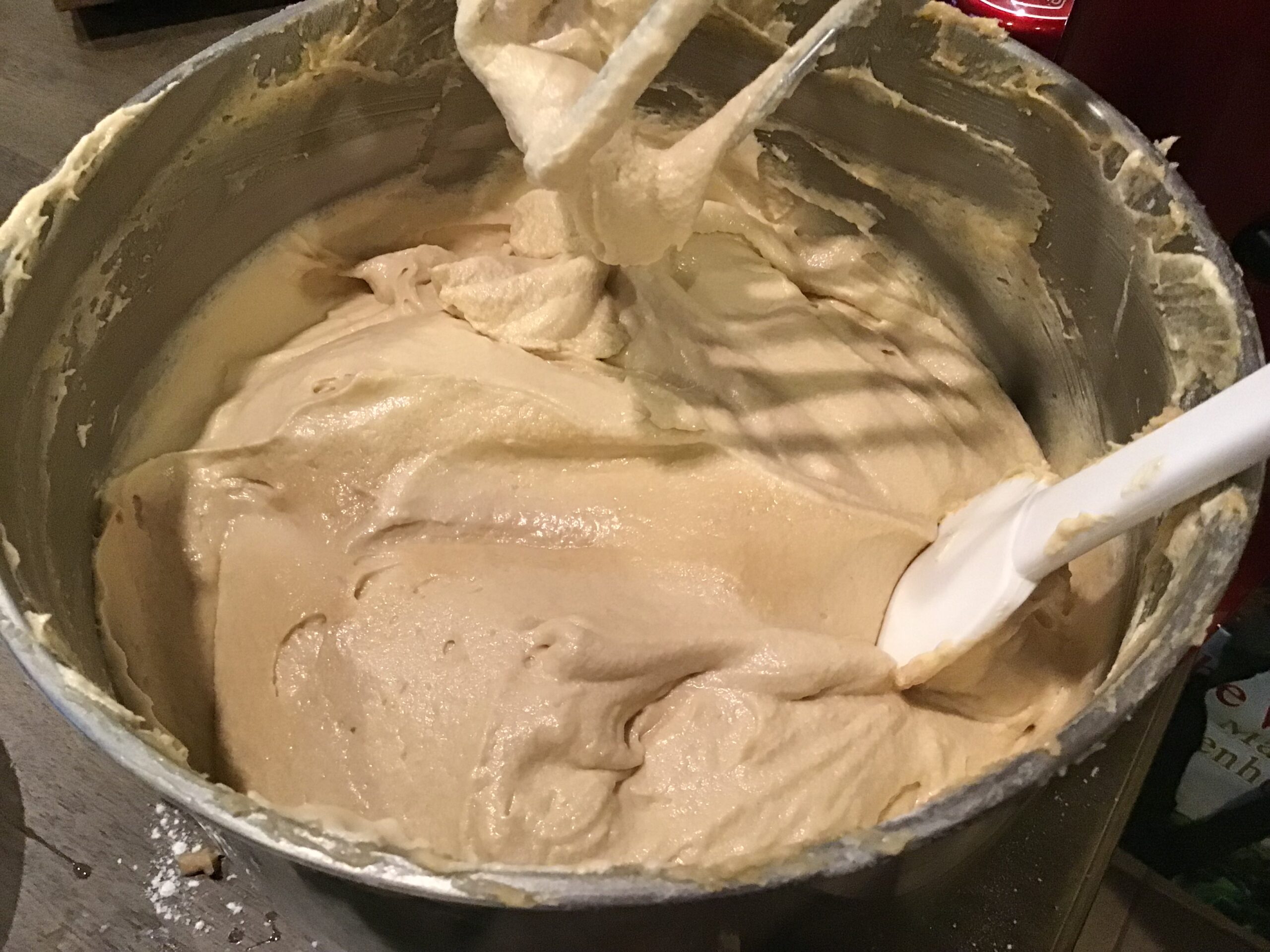

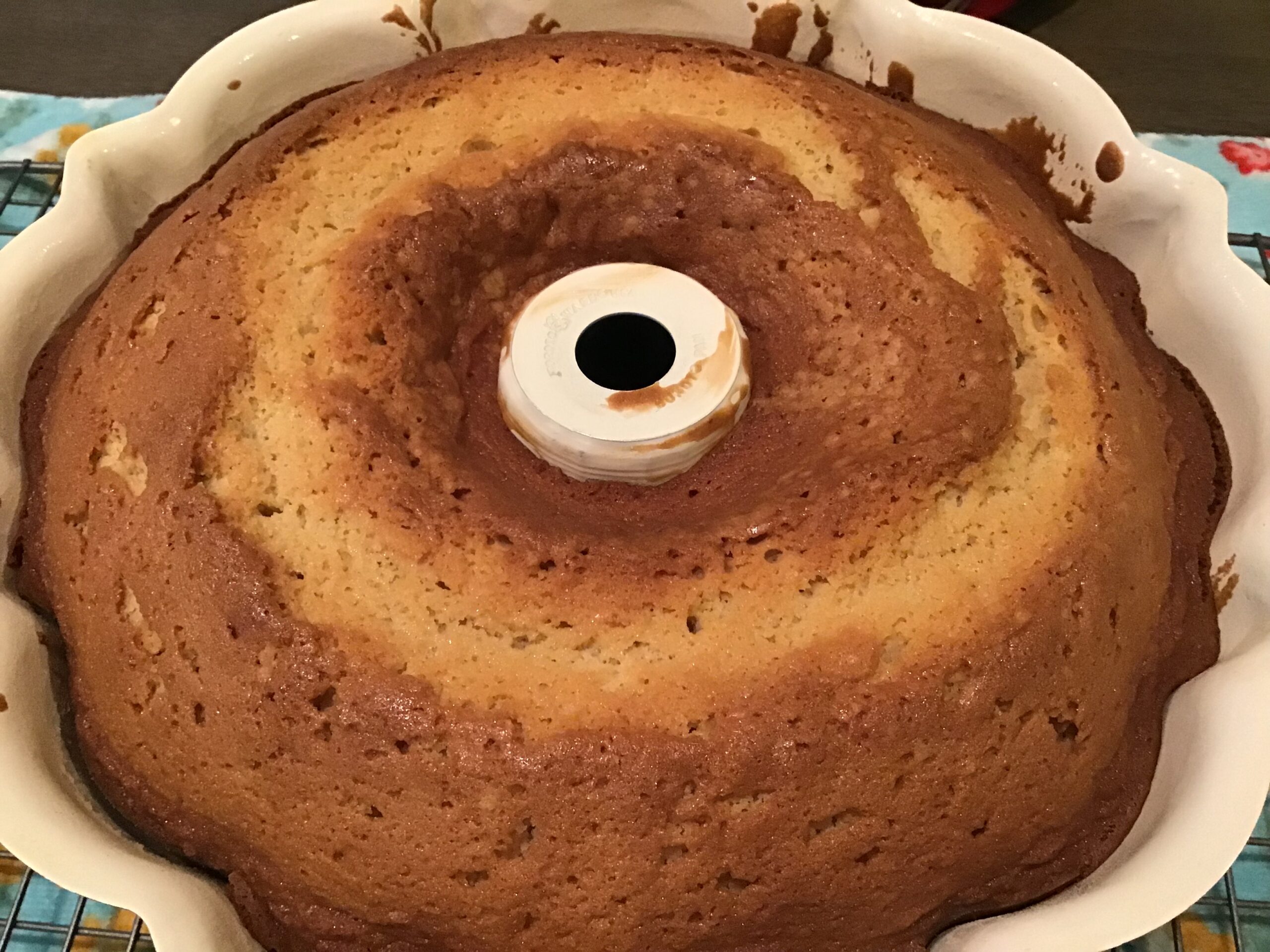
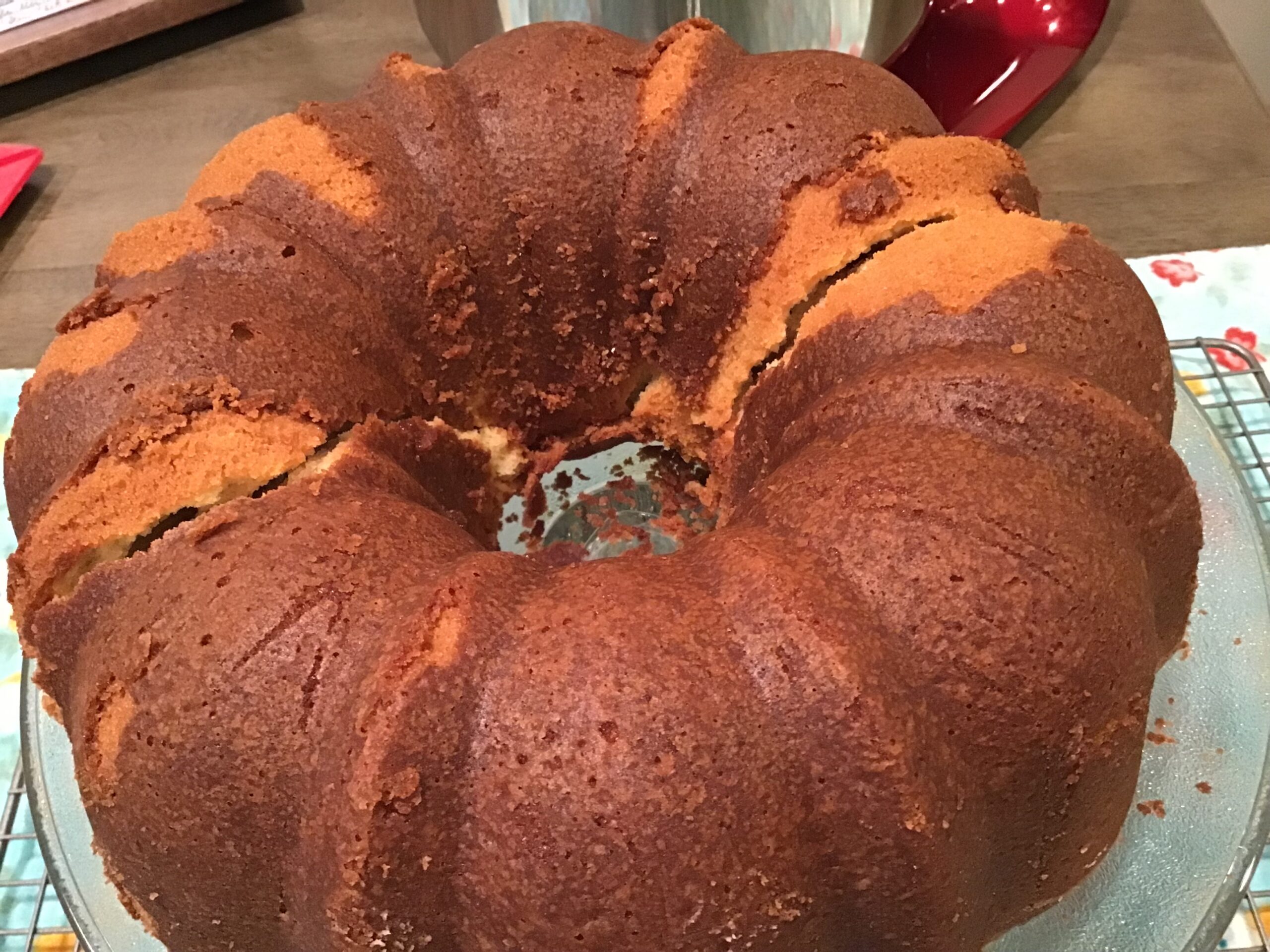
Brown Sugar Glaze
Ingredients:
1/4 cup unsalted butter, softened and cut into pieces.
1/2 cup brown sugar, packed, use dark or light sugar as desired
2 tablespoons milk
1/4 teaspoon vanilla
3/4 cup powdered sugar
In small sauce pan melt butter and add brown sugar.
Bring to a simmer constantly whisking to combine well and prevent burning.
Takes about two minutes.
Remove from heat for 5 minutes.
Add vanilla and whisk well.
While vigorously whisking add the milk and powdered sugar a little at a time until desired consistency obtained. You may not need all the milk and sugar.
If the the sugar is not melting into the mix – gently heat for a moment on the stove to warm the sauce.
When done quickly drizzle on the cooled cake.
This sets up very quickly.
Enjoy!
Have a blessed Sunday.

